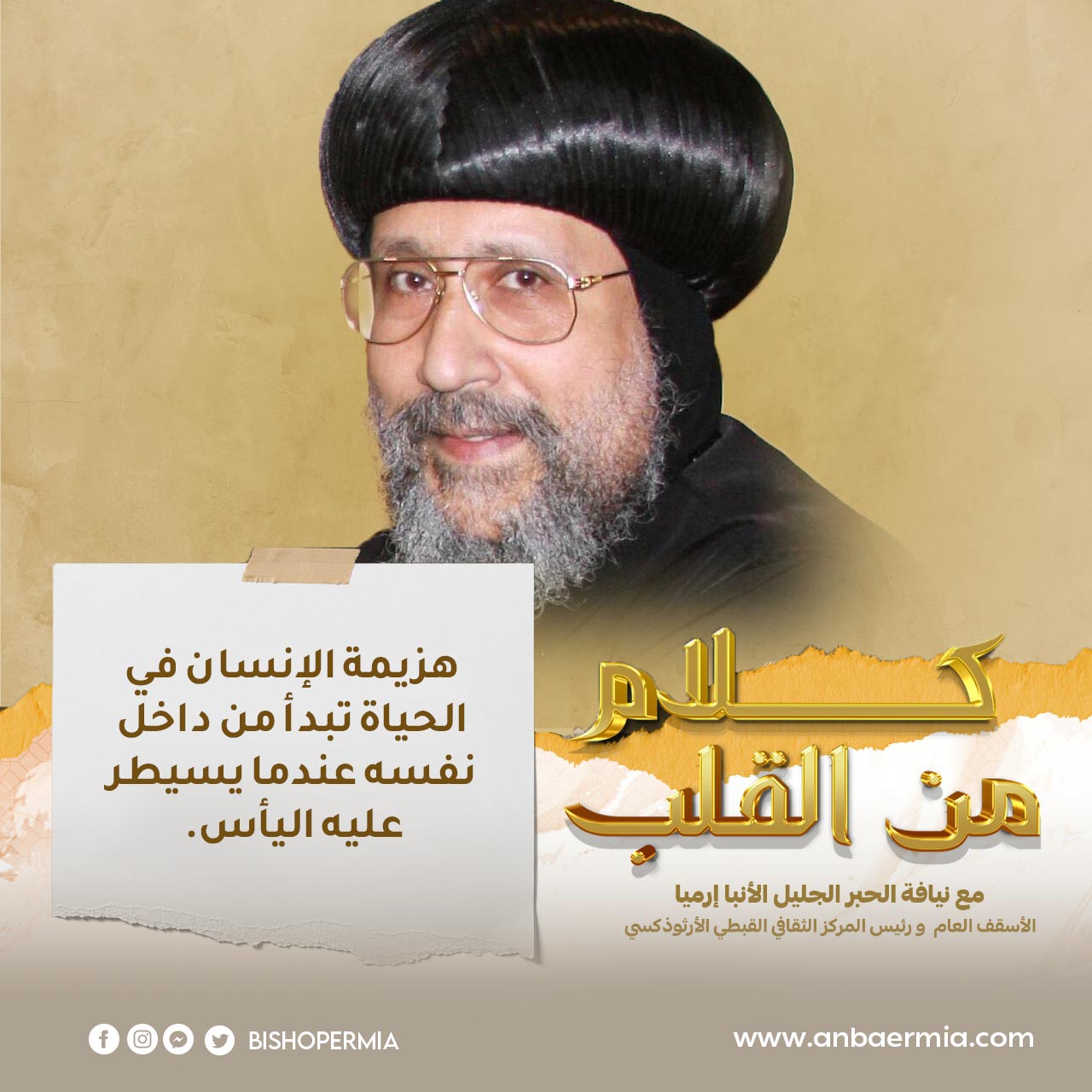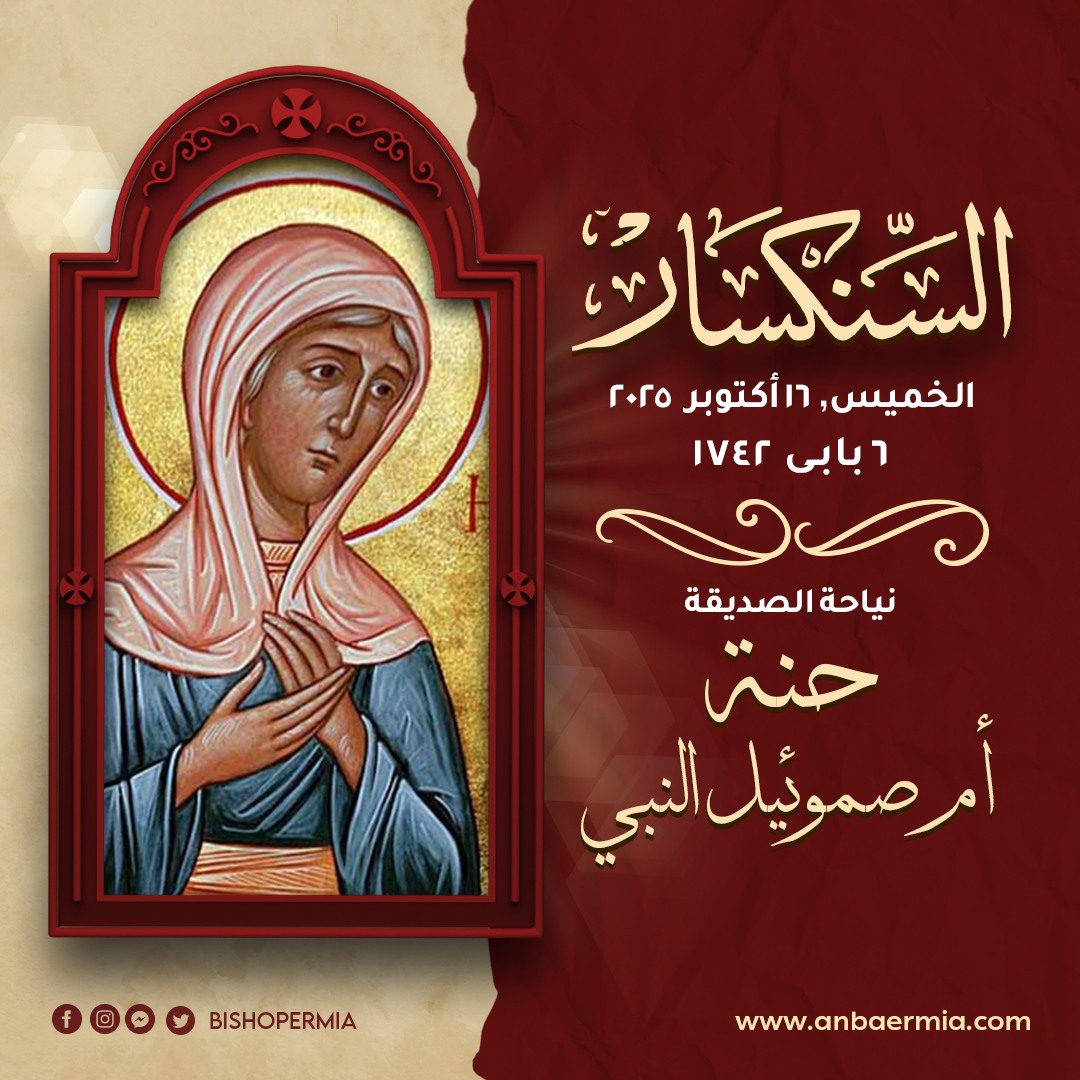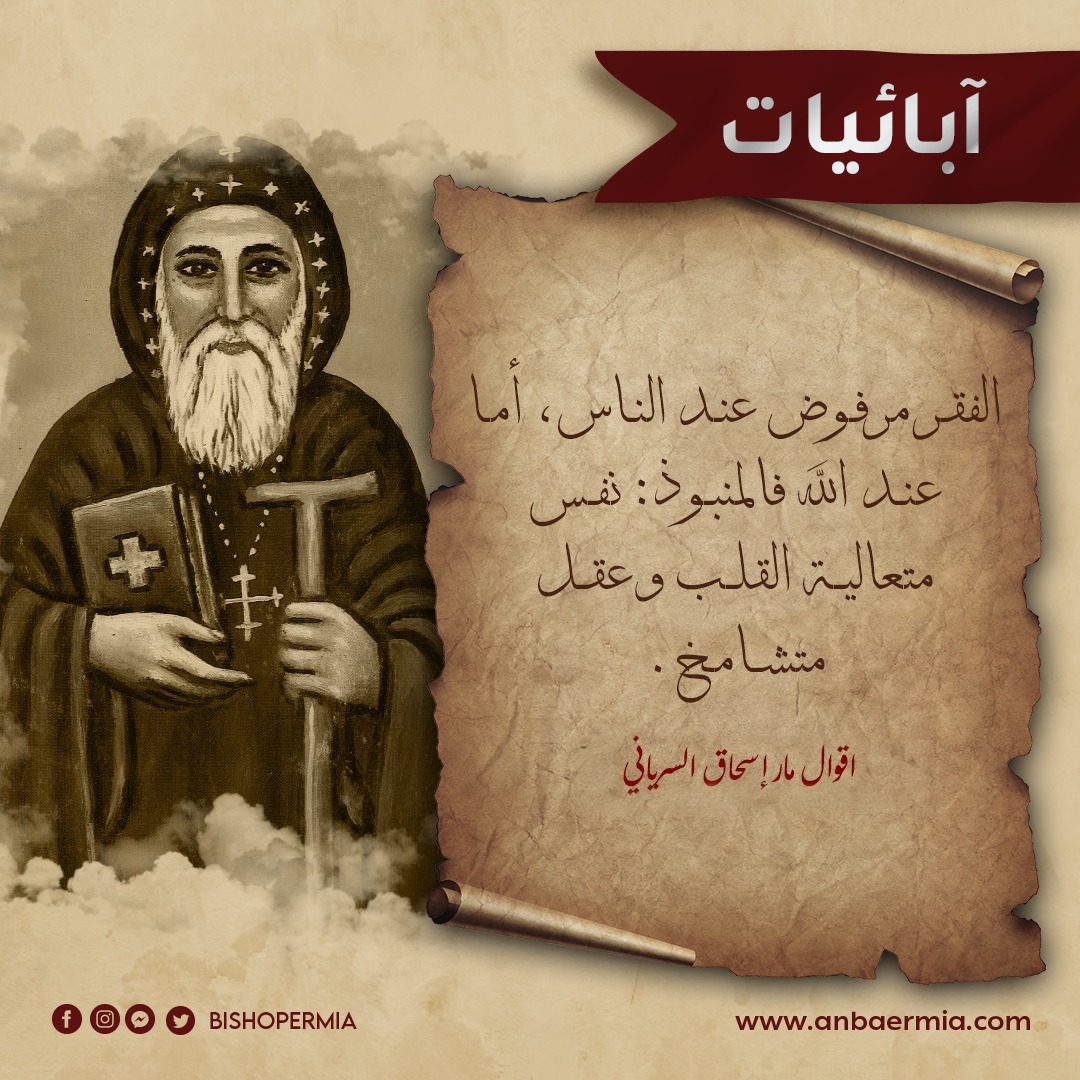The previous articles have discussed monasticism that originated in Egypt and spread from there to the world, Saint Anthony the Great, the father of monks, and his meeting with Saint Paul, the first hermit who abandoned the world to live a life of solitude for nearly 80 years without seeing a human being.
As mentioned, Saint Anthony was the first important influential figure in monasticism, as he dwelt at the inner wilderness, and after nearly twenty years of solitary life, he guided the monks who were taught by him; thus, his holy life and vices attracted many followers.The wilderness was filled with thousands of people who abandoned the worldly life to live a heavenly life in prayer and devotion to God.
Then another system of monasticism began at the hands of Saint Pachomius, known as the “Father of Communal Monastic Life” who is considered the first to build a monastery that includes a group of monks living a shared life of worship.Saint Pachomius was born in Upper Egypt, to pagan parents, in the year 292 AD. Since his childhood, he was fond of a life of chastity and purity, not fond of pagan worship and did not participate in its feasts. On one occasion, his parents took him to offer a sacrifice to idols, and when the idol priest saw him, he cried out, ordering him to be driven away, repeating that he was an enemy of the gods! His parents returned with sadness.
When Pachomius grew up, he enlisted in the army. During his march with his fellow soldiers to suppress a revolt against the emperor, they rested along the way near the city of Esna after being exhausted by the journey. The people of the city came to them, generously and joyfully offering food and drink. Saint Pachomius was astonished by the behavior of the city’s inhabitants and inquired about the reason for such generosity. He was told that they were Christians who did this for the sake of the God of heaven, who taught them to love all people. Pachomius was deeply moved and decided to become a Christian upon his safe return. As soon as the revolt was quelled and the soldiers were discharged, Pachomius set off to one of the villages and registered his name in the list of catechumens. He was then baptized and remained in the village for three years, serving everyone and taking care of them with ceaseless acts of mercy. It was not long before Pachomius became renowned in the village and was loved by all. However, the longing for the monastic life grew in his heart, so he went to a holy monk who lived in a wilderness near the village, named Abba Palamon, and asked him to accept him as his disciple. Abba Palamon then spoke to him about the difficulty of the monastic life, but Pachomius begged him insistently to accept him, showing his firm determination to walk with a steadfast heart on this difficult path.
Despite Saint Pachomius’ love for the solitary life, he was always thinking of those who yearned for the monastic life and worship of God but were unable to endure the harsh life of solitude. He prayed fervently to God for them until an angel appeared to him as he was gathering firewood in the Tabennesi(Tabbena) region and asked him to establish a monastery there, giving him a tablet with the basic principles of the communal monasticism that many lovers of monastic life could practice. When Saint Pachomius informed his teacher, Abba Palamon, of what had happened, the elder rejoiced greatly and went with him to Tabennesi, helping him establish the monastery, then returned to his hermitage with a promise to meet once a year.
Communal monasticism was accepted by the Church, and Saint Anthony praised it, blessing Saint Pachomius for establishing it. As for this system, it was suitable for many. It states that a monk eats twice a day, practices communal prayers with his fellow monks, and each performs work according to his talents and abilities, under the leadership of a father abbot who manages the financial and spiritual matters.
Their engagement in manual labor was an essential part of their spiritual life, based on the words of the scripture, “If anyone will not work, neither shall he eat.” The communal monasteries allowed the acceptance of non-Egyptians such as Greeks and Romans, and they also allowed those who loved life of solitude to live alone. Saint Pachomius would meet with hermits and follow up on the management of the monks in the monasteries. He was known for his gentleness, humility, deep love for his children, tenderness in dealing with them, and patience, in addition to his firmness.
In the year 348 AD, a plague spread in Upper Egypt, causing the passing away of many monks. Saint Pachomius also passed away because of it, after he had established nine monasteries for monks and two monasteries for nuns, with a total of nearly ten thousand monks and nuns. The Coptic Orthodox Church celebrates the feast of Saint Pachomius on the fourteenth of the month of Bashans, while the West celebrates it on the fourteenth of May. The Pachomian communal monasticism has influenced the whole world, to the extent that it was studied and applied practically in the East and the West as many countries adopted it.
Stories of “Beautiful Egypt” are endless…
General Bishop
President of the Coptic Orthodox Cultural Center









